Your tiny baby's body nestled against yours is a picture of pure comfort and love.

Cradling your little one feels like the most natural thing in the world. It's a way to show affection and soothe them when they're upset.
But while some ways of holding a baby might seem comfortable, they can actually be dangerous for their developing bodies. This isn't meant to cause anxiety - it's all about being informed!
Here's a look at a few common ways of holding a child that can be risky, along with explanations of why and some safe alternatives:
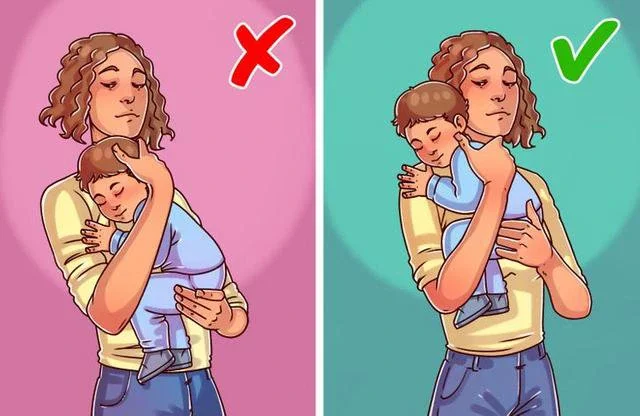
Why it's risky: This position might seem convenient, but it can restrict your baby's breathing. Newborns have weak neck muscles and can't easily turn their heads. If their face is buried in your shoulder, they might struggle to get enough air. Additionally, loose clothing or blankets near their face could pose a suffocation risk.
Safer alternative: Cradle your baby close to your chest, ensuring their head is tilted back and their airway is clear. You can support their head with one hand while the other arm holds their body securely.
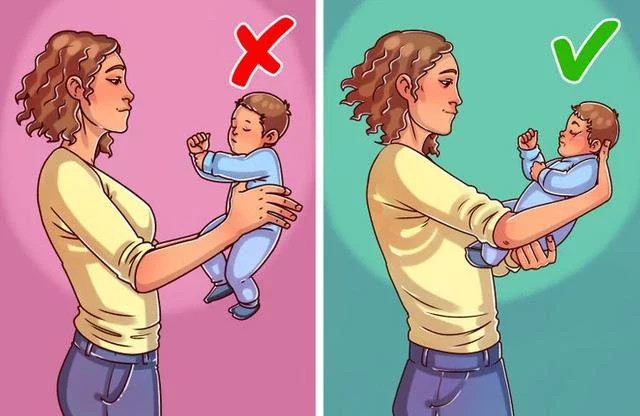
Why it's risky: A baby's neck muscles are still weak, and they lack the head control to hold their head upright on their own. This position puts a lot of strain on their underdeveloped neck and spine.
Safe alternative: Always support your baby's head and neck with one hand while holding them under their bottom with the other. This provides the necessary support for their developing spine.
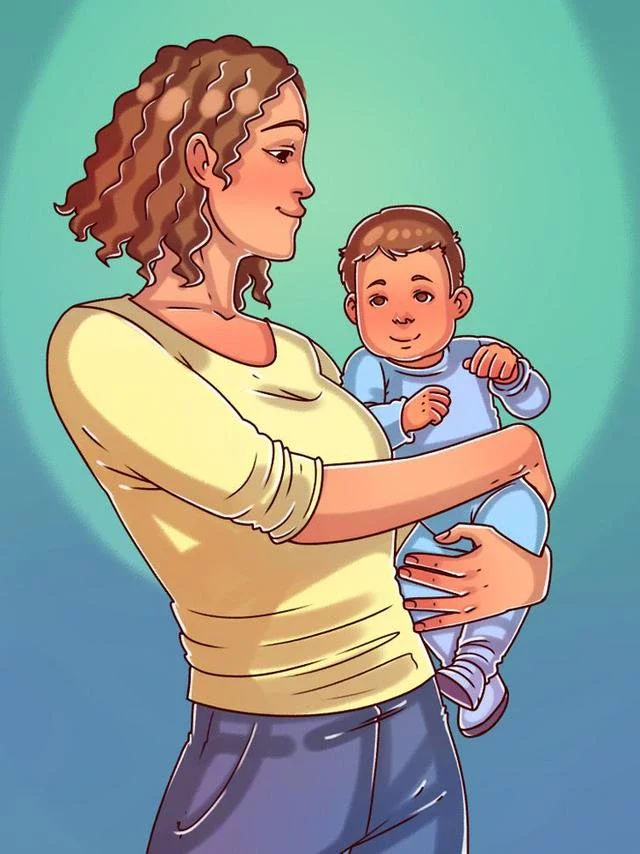
Why it's risky: This position puts a strain on your baby's weak neck and spine. Also, their legs dangling freely can lead to hip dysplasia, a condition where the hip joint doesn't develop properly.
Safe alternative: Wait until your baby has good head and neck control (around 3-4 months) before attempting a hip hold. Even then, ensure you support their back and head with one hand while cradling their bottom with the other.
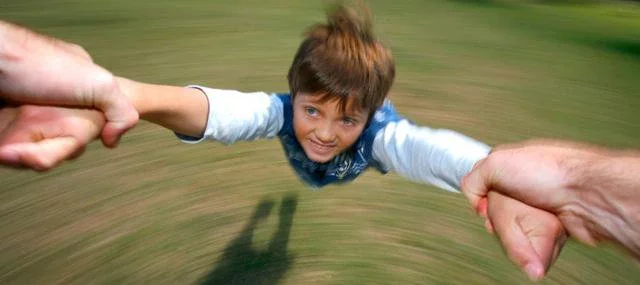
Why it's risky: While gentle bouncing can be calming for a fussy baby, rough swinging can be dangerous. Their heads are large and heavy compared to their bodies, and forceful movements can strain their fragile neck muscles. Also, excessive bouncing could lead to dizziness or even head injuries. In severe cases, it can even lead to Shaken Baby Syndrome.
Safer alternative: Opt for gentle swaying or rocking motions. Always keep one hand firmly supporting your baby's head and neck to prevent any sudden movements.
Why it's risky: This pose offers little support for your baby's fragile spine. Their back muscles aren't strong enough yet to hold themselves up properly, and dangling them by their head and bottom puts strain on their neck and spine. This can lead to discomfort and even potential injuries.
Safer alternative: Always support your baby's entire back, from their head to their bottom, when picking them up or holding them. Cradle them close to your body or use a carrier that distributes their weight evenly.
When in doubt, always prioritise your baby's safety. Listen to their cues - if they seem fussy or uncomfortable in a particular position, try something else. There are numerous safe and comfortable ways to hold your child, allowing you to bond and create lasting memories.








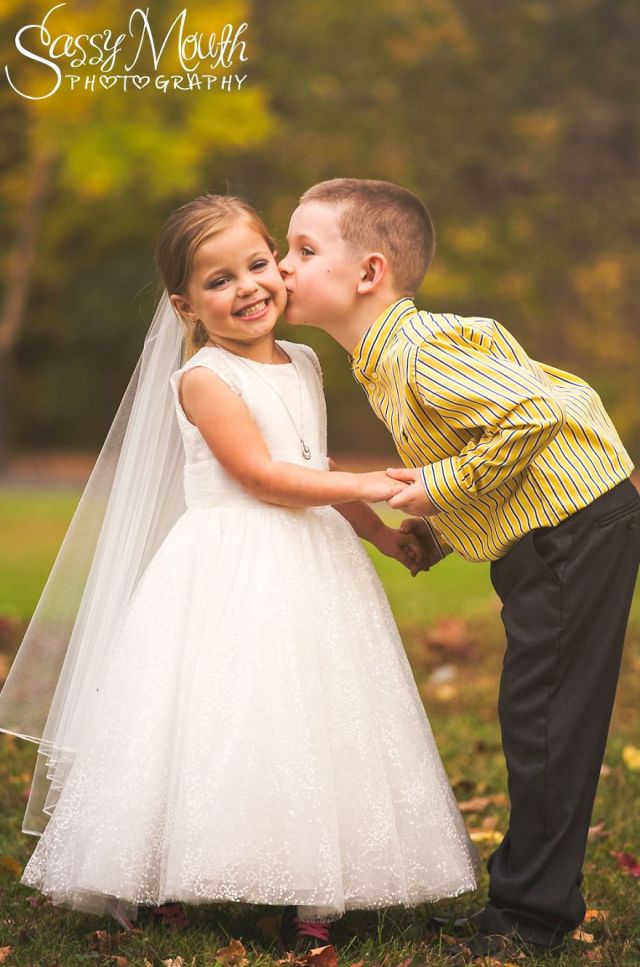








Comments